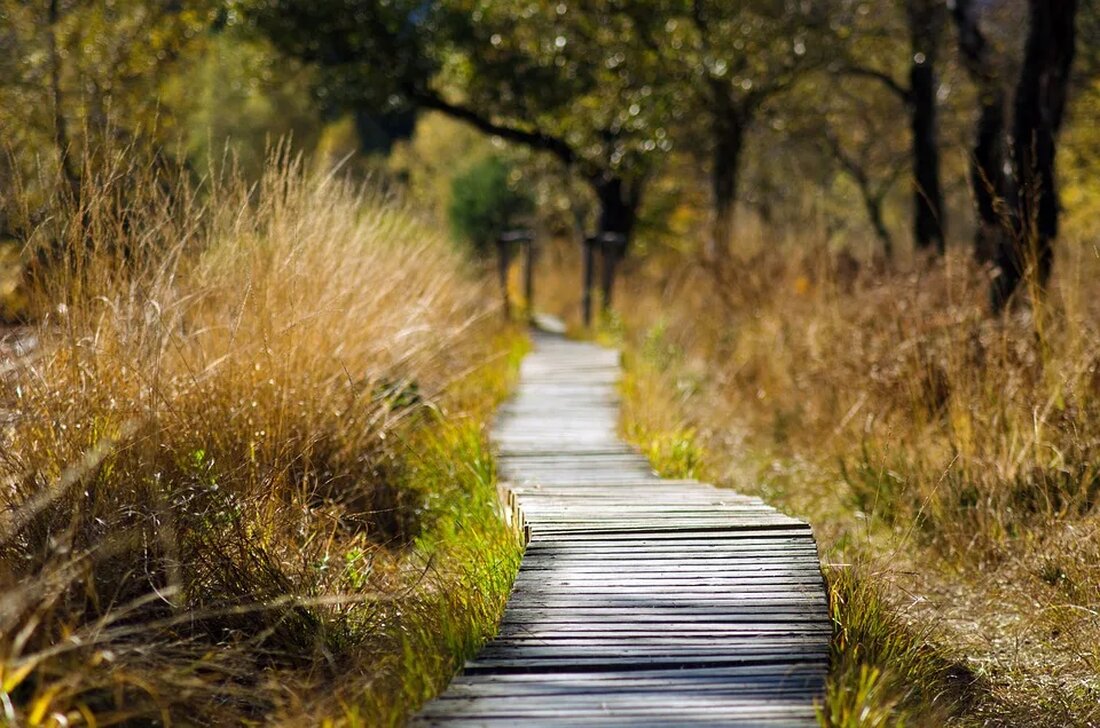Moore: Meaning and Protection
Peatlands are unique ecosystems. They shape the landscape, create a number of special habitats and serve as a habitat for numerous specialized plants and animals. Peatlands also have a variety of important functions for humans, from water storage to carbon sequestration. Despite their importance, however, peatlands are critically endangered. In this article we will explore the importance and protection of peatlands and why they are such a crucial natural habitat. The importance of moors Ecological significance The ecological importance of moors can hardly be overestimated. They offer a variety of animal and plant species, including a number of rare and threatened species…

Moore: Meaning and Protection
Peatlands are unique ecosystems. They shape the landscape, create a number of special habitats and serve as a habitat for numerous specialized plants and animals. Peatlands also have a variety of important functions for humans, from water storage to carbon sequestration. Despite their importance, however, peatlands are critically endangered. In this article we will explore the importance and protection of peatlands and why they are such a crucial natural habitat.
The importance of the moors
Ecological significance
The ecological importance of moors can hardly be overestimated. They provide an important habitat for a variety of animal and plant species, including a number of rare and threatened species. In Europe there are around 10,000 species of plants and animals that are specifically adapted to these wetlands.
Peatlands can also serve as a type of natural bioindicator, as the organisms living in them provide a good indicator of environmental change due to their adaptability.
Climate relevance
The climatic role of peatlands cannot be overlooked when it comes to global warming. Peatlands bind and store large amounts of carbon and are therefore important carbon sinks. It is estimated that peatlands, which make up only about 3% of the global land area, store around 30% of the world's soil carbon. Their destruction or degradation can therefore lead to the release of stored carbon as CO2 or methane, contributing to global warming.
The water balance on moorland soils also plays an important role, as they can store large amounts of water and thus help regulate the climate.
Socio-economic significance
The moors also have a distinct socio-economic importance. Peat, which has been used as fuel for centuries, can be obtained from them. They are also an important supplier of fresh water and a venue for leisure activities such as hiking or bird watching. Some moors are also excellent tourist destinations due to their uniqueness and scenic beauty.
Protection of the moors
Despite all the advantages mentioned above, peatlands are under significant threat worldwide. According to the Ramsar agreement, around 64% of peatlands have already been lost. Various types of measures are required to preserve and protect peatlands.
educational work
Raising awareness is a central aspect of moor protection. People should be educated about the importance of moors and the consequences of their destruction. Public participation through environmental education and awareness can help promote necessary conservation measures locally and globally.
Moorland protection through legislation
Various legislation and agreements have contributed to peatland protection nationally and internationally. A good example of this is the Ramsar Convention, an international agreement to protect wetland ecosystems, which include peatlands. In Germany, for example, numerous moors are designated as nature reserves or as part of Natura 2000 areas and therefore enjoy special protection status.
Restoration of peatlands
Restoring peatlands can help restore their ecological value and restore their function as a carbon sink. This can be achieved through techniques such as rewetting drained moorland or removing non-native plant species.
Conclusion
Peatlands are extremely valuable ecosystems with significant ecological, climatic and socio-economic importance. However, they are critically endangered by human activities and climate change. Conserving these valuable ecosystems requires concerted action at local, national and global levels. Educational work plays just as important a role as the legal definition of protective measures and the restoration of degraded moorland landscapes. It is incumbent on each of us to help protect these unique habitats.

 Suche
Suche
 Mein Konto
Mein Konto
